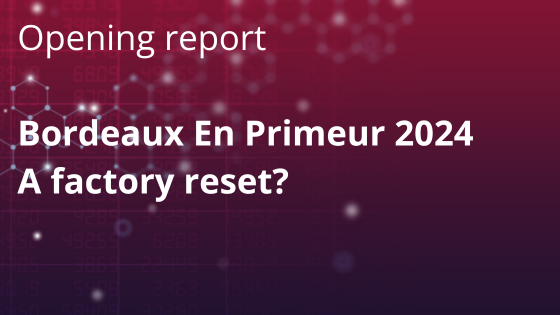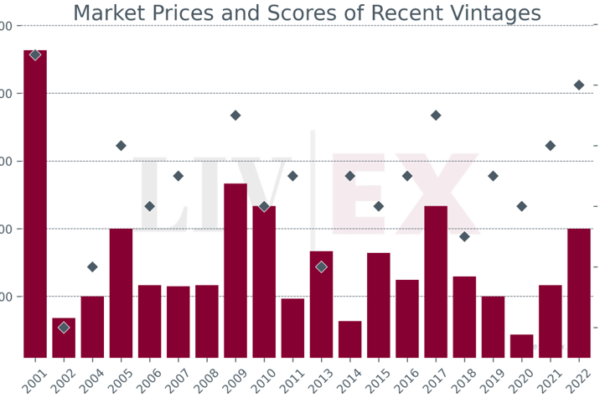Owner:
Manoncourt family
Appellation:
Saint Emilion
Vineyard
area: 40 hectares
Average
annual production: 10,000 cases (Chateau Figeac)
Standard
blend: Cabernet Sauvignon (35%), Cabernet Franc (35%), Merlot (30%)
Other
wines: La
Grange Neuve de Figeac, Petit Figeac
Figeac has a history that stretches back further
than many chateaux in Bordeaux. It originated in the 2nd century
with a Gallo-Roman villa, named after the Figeacus family. Traces of this villa
remain evident on the site today, as do architectural features from the Middle
Ages and the Renaissance, when the estate fell into the hands of the de Cazes
family. In 1654 it passed to the Carles family through Marie de Cazes’
marriage, and this is where Figeac’s history gathers momentum. Business
connections helped the Carles market Figeac to the British merchants, and the
wines quickly became popular in Paris and northern France. The Carles also
built the chateau that we see today.
In its heyday, the estate reached a staggering 200
hectares, making it one of the largest Bordeaux vineyards in the appellation.
But in the 19th century, poor economic conditions and the spiralling
debts of its owner the Countess de Carle-Trajet meant that the property was
sold and subdivided many times. By 1892, when an ancestor of the Manoncourt
family, Andre Villepigue, purchased the estate, the area had dwindled to 37
hectares of vines.
In 1947, Andre’s grandson Thierry Manoncourt took
the reins at Figeac. He qualified as an Agricultural Engineer at the INA in
Paris, and the wines improved significantly under his stewardship. Thierry ran
the estate with his wife, Marie-France, until his death in 2010; in that time
he doubled the area of the vat cellars and renovated the chateau façade. In
addition, he was president of the Jurade de Saint Emilion from 1964 to 1987.
Up until April 2013 the wine production was run by Thierry’s
son-in-law, Count Eric d’Aramon. Many were surprised recently when he was
replaced by Frederic Faye (then technical director of Figeac), with the news
coming just a couple of weeks after the appointment of eminent wine consultant
Michel Rolland. Faye has promised that Rolland will respect the style of the
wine, though the latter has expressed his goal to see the chateau promoted to
Grand Cru Classe A status.
Figeac in the Right Bank 100
Figeac is part of the Liv-ex Right Bank 100 index,
which sits in the wider Bordeaux 500 index. The Right Bank 100 has notably
outperformed other indices, posting a 13.3% gain over the last year despite
many others reporting a loss.
There are several
wines driving the index higher. Pavie and Angelus have made gains on the back
of their promotion last September to Grand Cru Classe A, while Clos Fourtet and
Eglise Clinet have seen prices rise since their 2009s received perfect and
near-perfect Parker scores. Yet it is Figeac that has been consistently
outperforming other wines. Until Angelus crept ahead in the last month, Figeac
had long been the best performer.
Of Figeac’s ten most recent physical vintages
(currently 2000-2009; the 2010s will be added to the index later in the month),
all but the 2006 have seen a price rise over the last year, with an average
movement of 11%. Figeac 2009, awarded 98 points by James Suckling, has increased
by 34%.
Figeac divides opinion in the wine industry.
Notoriously, Robert Parker has awarded it few scores over 90, while Jancis
Robinson scores it more favourably. Parker has not given a Figeac score since
2008, amidst rumours that he fell out with Eric d’Aramon. With d’Aramon no
longer managing the estate, and Michel Rolland – whose wines are considered to
be favoured by Parker – now acting as consultant, perhaps this situation will
change. This may not necessarily mean anything for Figeac. As yet, the wine has
not needed Parker’s approval in order to rise to success.





